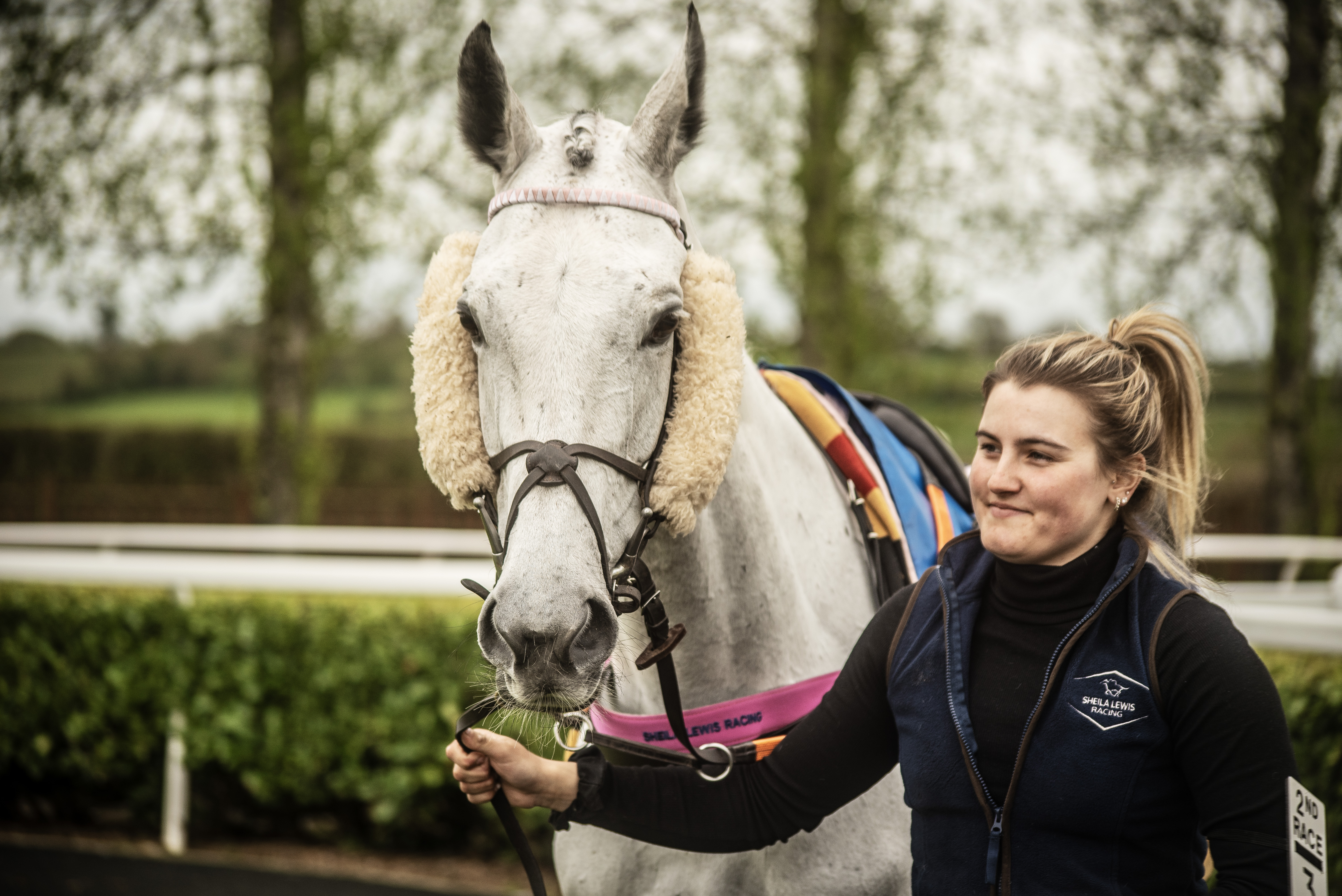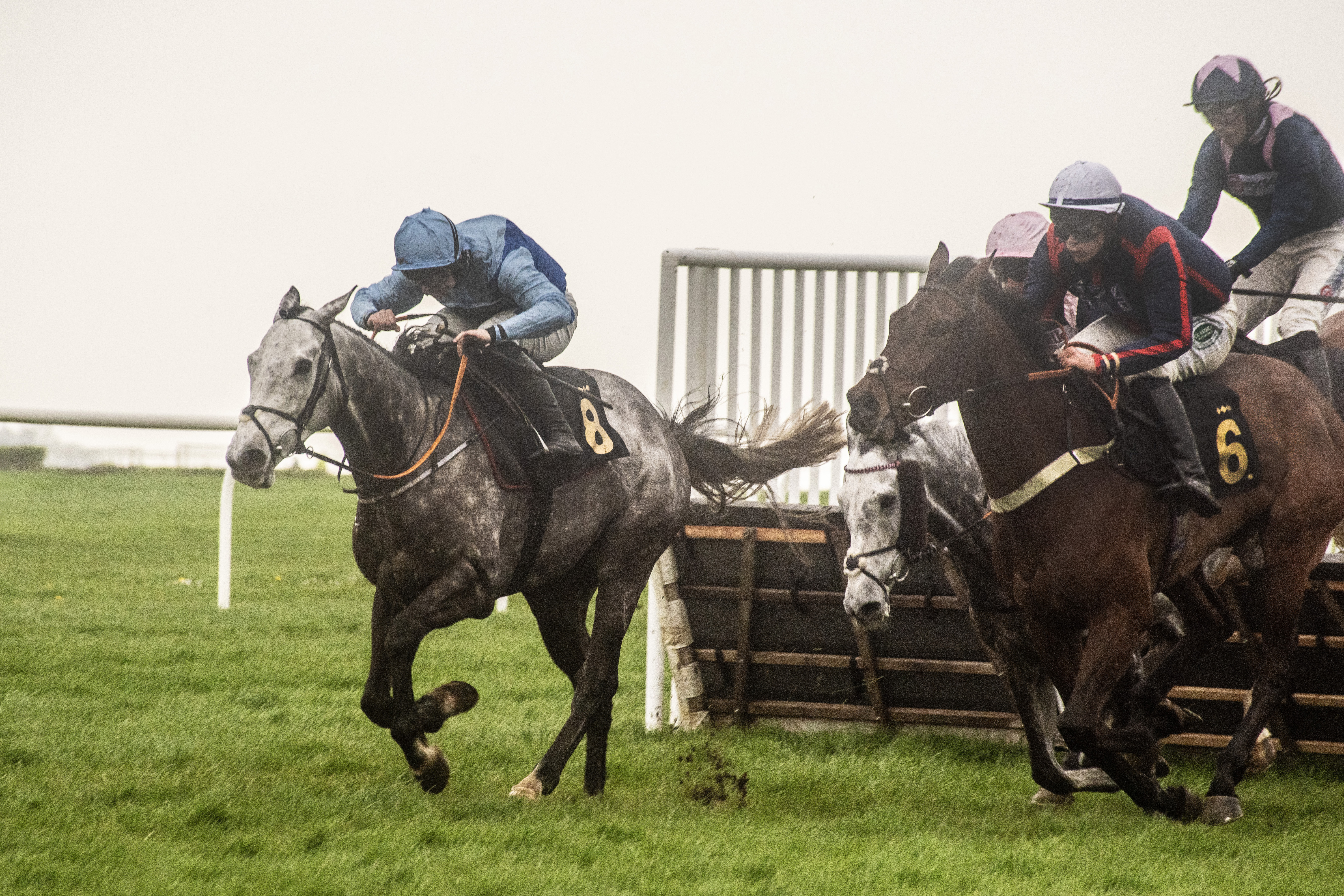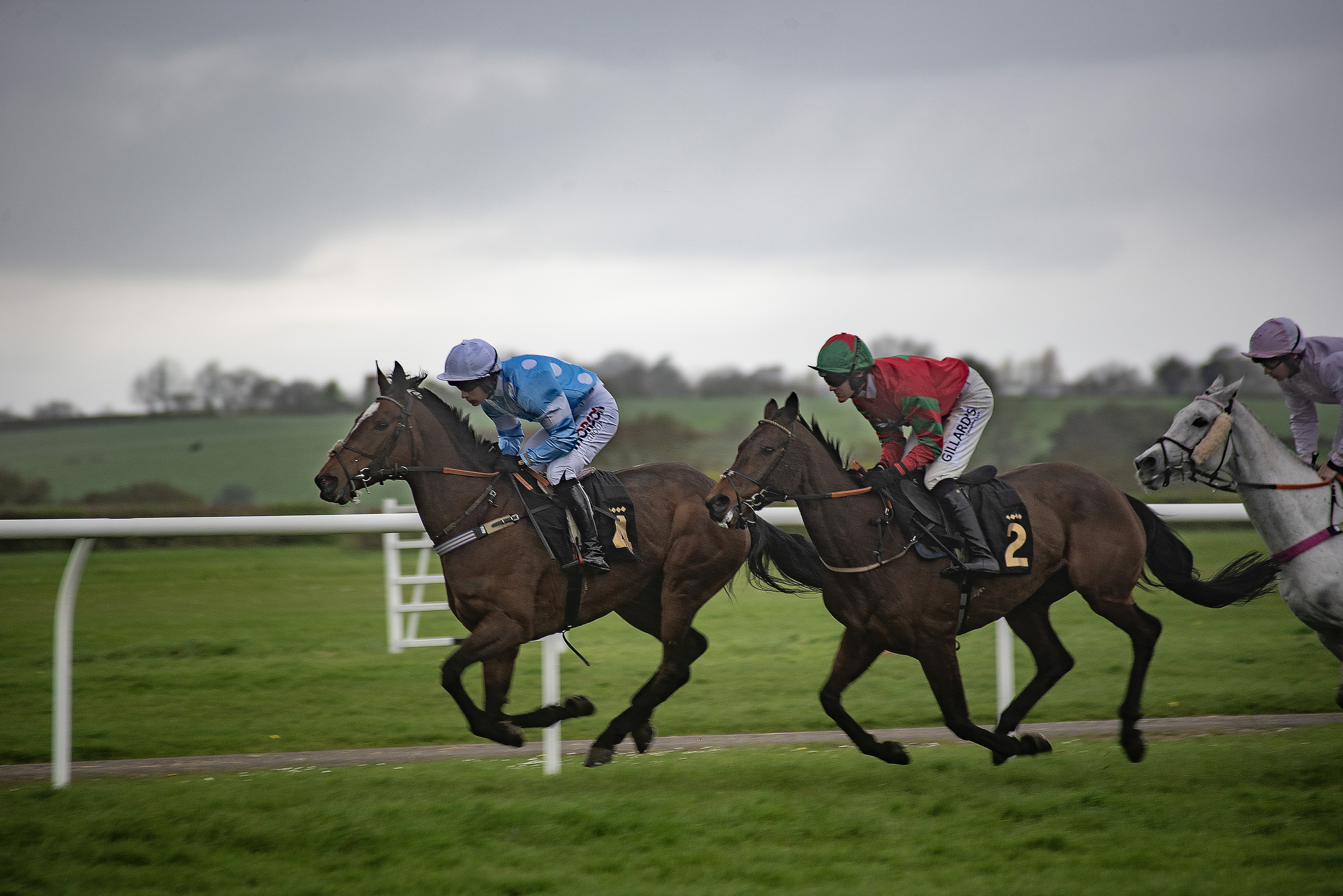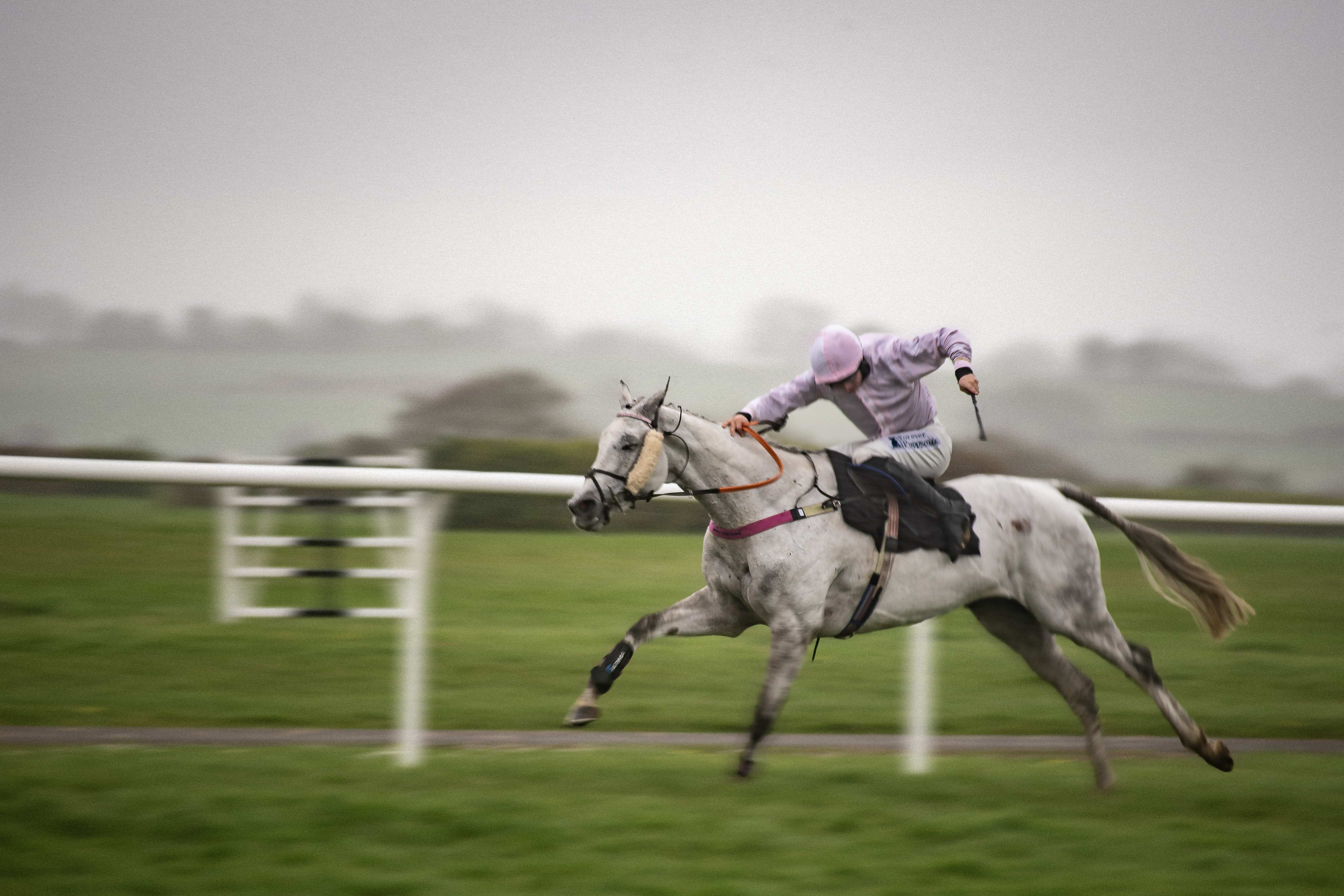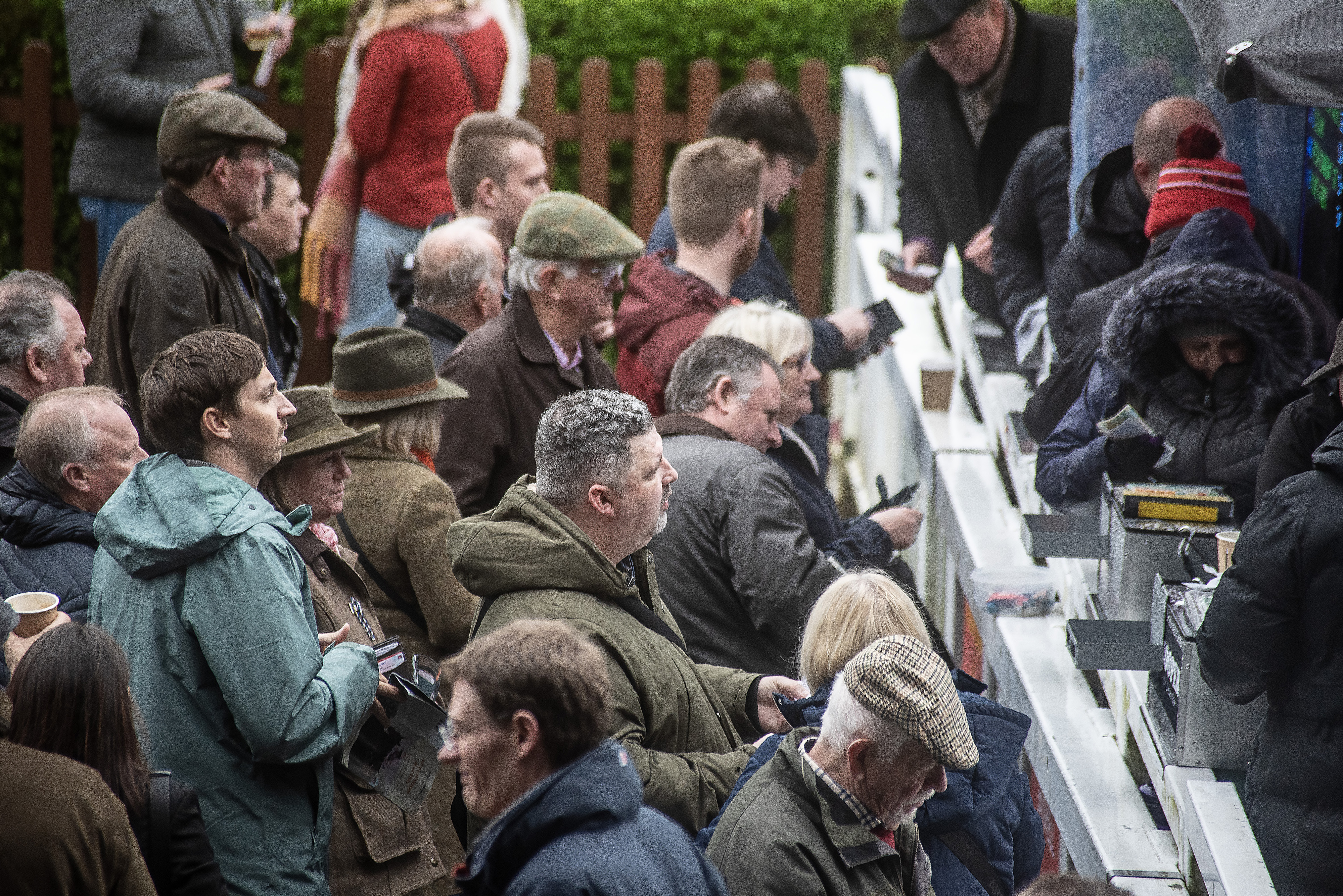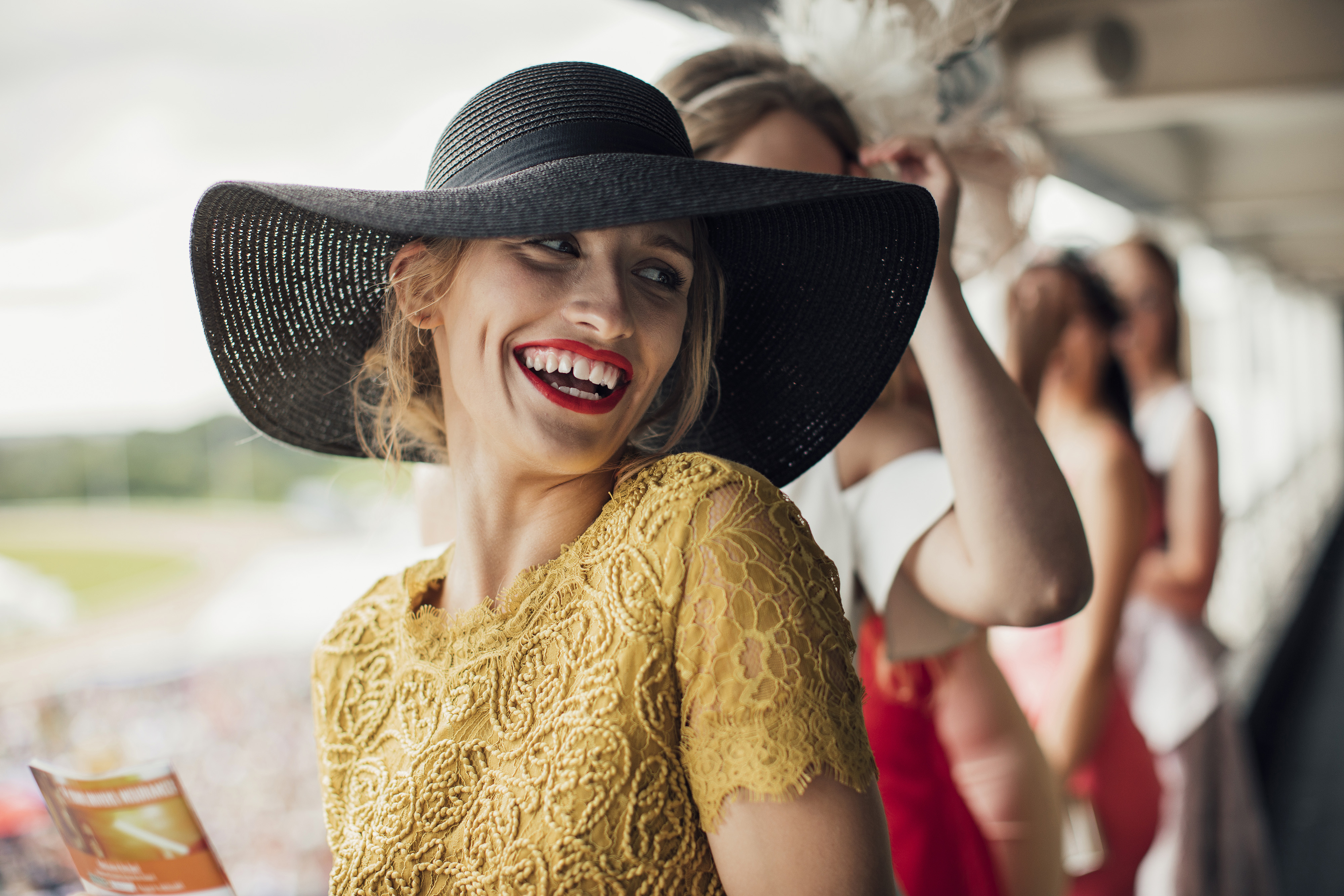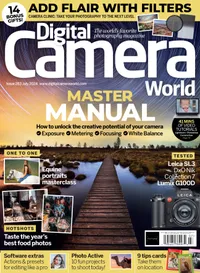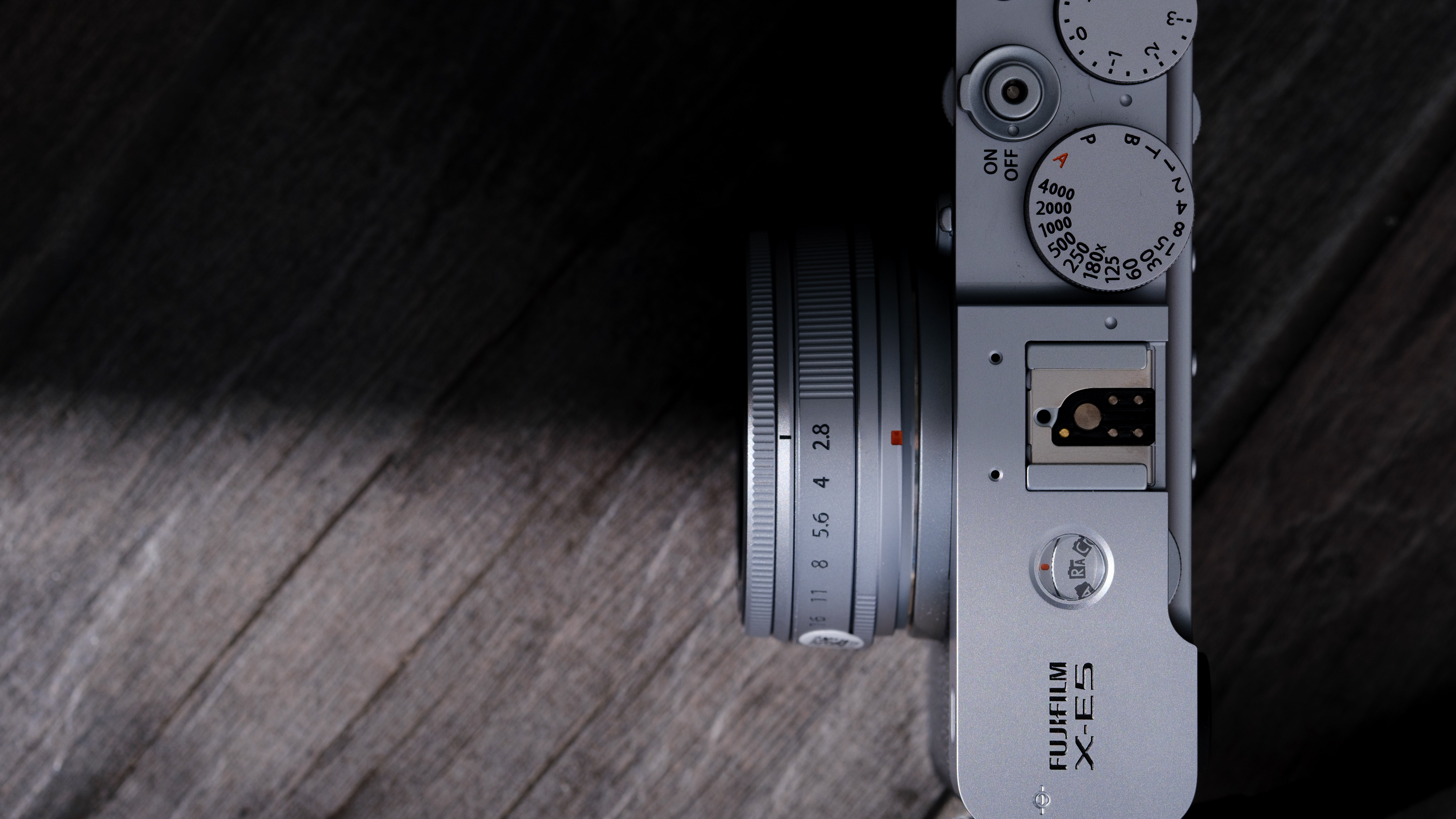How I photographed a day at the races
What to photograph on a trip to a racecourse
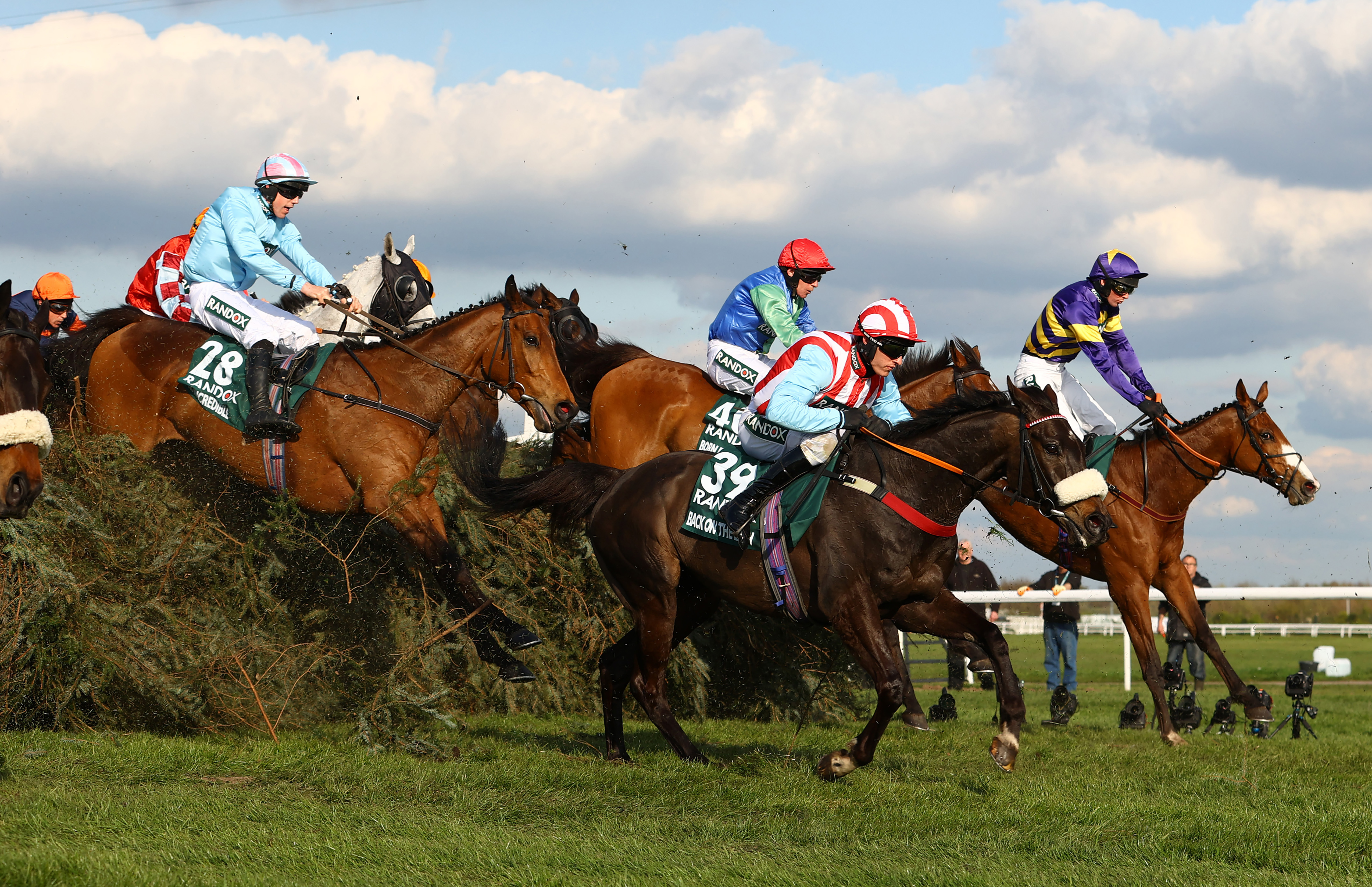
The Grand National may be one of the most famous horse races in the world, but it was far from the first, even in the UK. The Greeks and Romans had races with mounted riders while the Persians, Chinese and Middle Eastern countries excelled at breeding and racing horses. Here in Blighty it was Knights coming back from the Crusades that were reputed to have raced the Arabian stallions they ‘liberated’ in order to showcase their speed to potential buyers. Richard the Lionheart offered the first racing purse of £40 for a race run over three miles. In the 12th century that was a lot of money. However, it wasn’t until the 18th century that the modern era of racing began with the inauguration of the three classics, the St Leger in 1776, the Oaks in 1779 and the Derby in 1780.
On the track
The aim of photographing a day at the races is to capture the drama, the action, the thrills and the speed of the race as well as the excitement and pageantry of the crowd and social occasion. There are a number of approaches to take and different ways of getting the images that you want. To start with, the horses are normally paraded to get them used to the crowds and to let the punters have a look at which ones they’re going to lose their money on. This is your chance to use a short telephoto to get close ups of the horses but it’s best to avoid really wide apertures because with the horse being led round it’s all too easy to lose the key focus point, which should be the eyes. You don’t need a particularly fast shutter speed because they are fairly close and not going that quickly, so as long as it’s 1/125 sec or faster that will be fine.
When out on the racetrack the length of lens required obviously depends on how far away you are from the action but you’ll typically be looking at 200-300mm because you’re not allowed to intrude on the course. Pro photographers at big events can get closer and you’ll see remotely activated cameras placed on mini-tripods at big fences to get wide angle views as the horses come over. For the regular punter that’s not normally an option but there are plenty of other places to stand to get good shots. In fact, as an afternoon of racing is exactly that, you can try different places for each race. So, look to get as close as possible to the start, a tight bend, fences, the finishing straight and the finishing line itself.
At fences you want to capture the action and spectacle of horses coming over, so compose the image with the lead horse going over, or having cleared the fence with the chasing pack coming over, leaving a little room ahead of the lead horse in the frame. A fast shutter speed is key here, I’d suggest a minimum of 1/640 sec, as well as enough depth of field to keep all the horses in focus. So, even if you have a fast f/2.8 optic, you need to be looking at a setting between f/5.6 and f/8. Now, that’s going to impact the shutter speed but how much depends on the overall light. If it’s sunny, it should still be easy to get speeds faster than 1/1000 sec but if it’s grey and wet (like it is any time you want to photograph outside) then you’ll need to increase the ISO rating. How much depends on how grim the conditions are but for my trip to Wincanton it needed ISO1600 to get a shutter speed of 1/800 sec at f/8. In terms of actual metering, look at the weather. With a white blanket of cloud or if the horses are backlit, then zone metering will underexpose the riders, so look at using centre-weighted metering.
With the riders at a distance, it’s fairly straightforward keeping the focus on them, but as they get closer the action speeds up dramatically. You’ll need continuous or tracking AF as there won’t be time to refocus on individual horses. Use a small group of focus points as well, rather than a maximum spread of points as this may inadvertently pick up the background.
As the race enters the finishing straight, everything happens very quickly with the horses reaching 40-44mph. The action will heat up with riders out of their seats and using the crop to urge one last effort. Look to capture this intensity and, if the horses are passing in parallel to your position, then here’s the chance to try a panning shot as well. Use a narrower aperture, lower the ISO to get a slower shutter speed, then having locked onto a rider, move the camera as they race past. The key is to keep the focus on the same point during the exposure, so no dramatic sweeps, just a subtle pan at the same speed as the horse. The slower the shutter speed, the more pronounced the panning effect will be but the harder it is to keep the subject in focus.
Around the racecourse
It’s not all about the action on the track though, there’s plenty of other photographic opportunities to be found. Look to use the telephoto lens to capture candids of people caught up in the excitement of the race or heading to collect their winnings. Or, if there are big, colourful crowds, how about a wide angle shot with plenty of depth of field, say using f/11 or f/16, to show the overall spectacle.
The best camera deals, reviews, product advice, and unmissable photography news, direct to your inbox!
Lastly, for summer races when it’s warmest and especially at big festivals or Ladies Days, there will be the chance to swap in your prime portrait lens to showcase the style and glamour of individual race goers. Use f/1.4 or f/1.8 to throw all the background out of focus, but be very careful with focussing, or play it a bit safer with f/2.8 and generally focus on the eyes of the subject unless there’s something else that’s more interesting to show.
Digital Camera World is the world’s favorite photography magazine and is packed with the latest news, reviews, tutorials, expert buying advice, tips and inspiring images. Plus, every issue comes with a selection of bonus gifts of interest to photographers of all abilities.
In order to capture fast-moving action you want a brilliant autofocus system, which means a mirrorless camera. Have a look at the best ones to buy in 2024. If you don't want to be weighed down with your main camera though, how about taking a nifty compact? Here's the best choices at the moment. Either way, having a bag to carry your gear in is always a good idea, so check these ones out.

Wendy was the Editor of Digital Photo User for nearly five years, charting the rise of digital cameras and photography from expensive fad to mass market technology. She is a member of the Royal Photographic Society (LRPS) and while originally a Canon film user in the '80s and '90s, went over to the dark side and Nikon with the digital revolution. A second stint in the photography market was at ePHOTOzine, the online photography magazine, and now she's back again as Technique Editor of Digital Camera magazine, the UK's best-selling photography title. She is the author of 13 photography/CGI/Photoshop books, across a range of genres.
You must confirm your public display name before commenting
Please logout and then login again, you will then be prompted to enter your display name.
